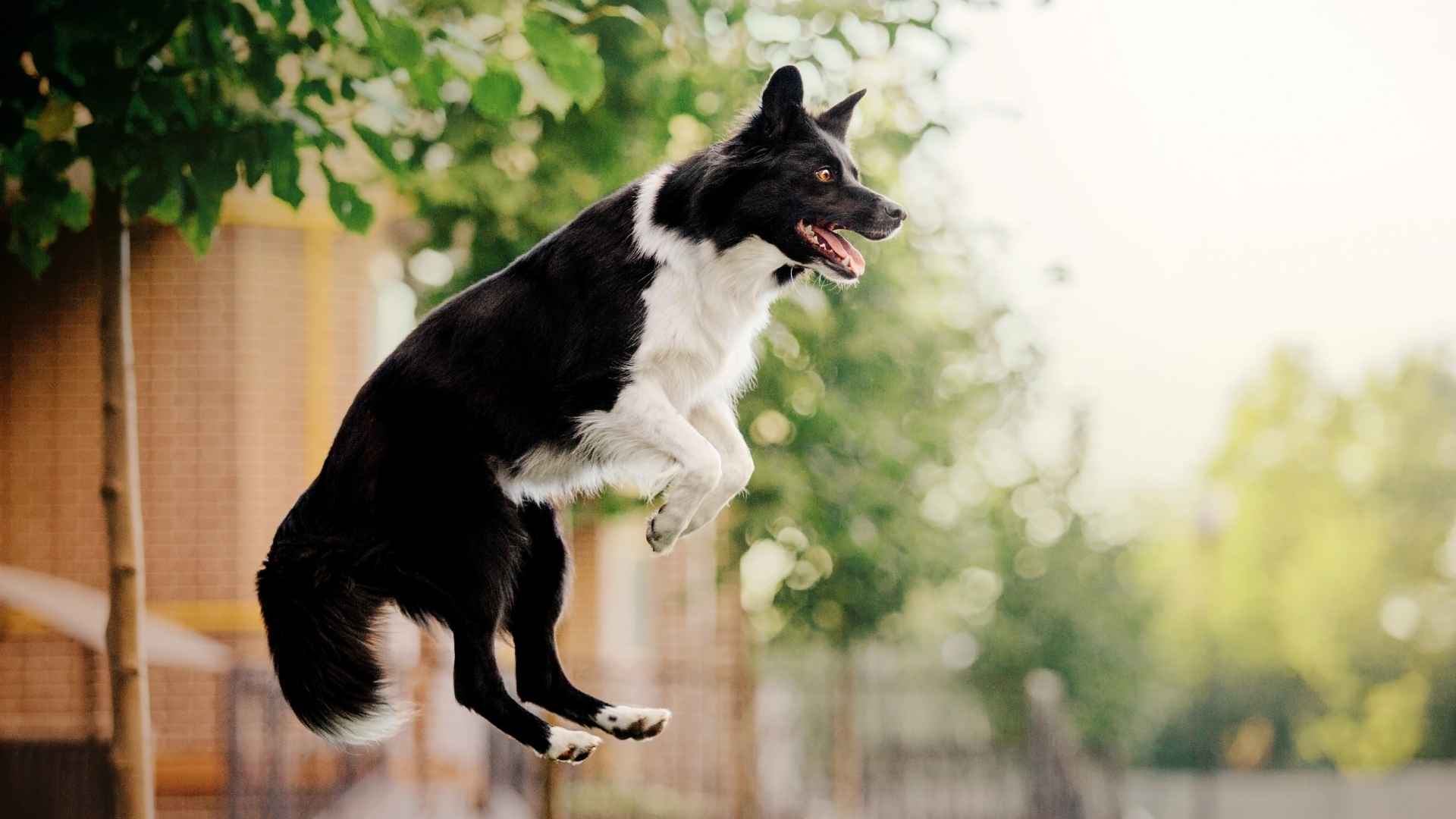Ever met a dog who seems to operate in fast-forward, from the second their paws hit the ground? Some breeds are naturally wired for movement, energy, and enthusiasm. These bouncy dogs don’t just walk, they spring, dash, leap, and spin through life, often leaving their humans catching their breath. Whether they’re chasing toys, sprinting around the yard, or bounding up to greet every guest, their zest is impossible to ignore.
This article is for pet parents who thrive on motion and are ready to match a dog’s fast pace with attention, training, and regular activity. We’ll look at breeds that are not just active, but exuberant, dogs that turn every day into a full-body experience. While their energy can be intense, with the right structure and environment, these breeds offer joyful, high-spirited companionship.
Quick glance:
• Great for families with big yards or active lifestyles
• Most need firm training and mental stimulation to stay balanced
Let’s meet the breeds that seem to come with a built-in bounce.
Bouncy Dog Breeds That Live Life on Fast-Forward
1. Border Collie
Movement is central to the Border Collie’s identity. This breed processes the world through motion, its own, and everything around it. A flicker in the grass, a shift in the wind, and they’re off, interpreting every sensory cue as a potential task. Their body doesn’t idle; it calculates, responds, and resets in a blink.
Inside the home, their pacing isn’t restlessness—it’s scanning. A Border Collie may pause to watch the hallway, then circle back without prompting. That internal motor never cuts out, even during what should be downtime. A short nap isn’t sleep; it’s a loaded spring.
They were originally bred for control. Their work with sheep demanded silent precision, not speed for speed’s sake. This history means they’re most fulfilled when given structured outlets—not just space, but a reason to use it.
The breed changes direction without warning, reshaping its path around furniture, people, or windblown leaves. That ability to move laterally with incredible speed is what makes them legends in dog sports.
Their intensity ranks among the highest of all canine breeds. You don’t wind up a Border Collie. You direct it—or it finds its own mission.
Quick Tips
Reinforce control-based commands before encouraging speed
Avoid overstimulation in visually busy environments
Rotate complex, interactive challenges to match their drive
2. Australian Shepherd
If an Australian Shepherd is still, it’s because they’re between sprints. Their motion is spring-loaded, ready to engage at any signal, even imagined ones. It’s not restlessness. It’s readiness.
Bouncing isn’t a behavior. It’s a form of expression. These dogs don’t simply change location; they launch themselves into moments with full-body effort, often twisting mid-air as if the floor beneath them were just a suggestion.
There’s a charm to their chaos, but it’s not unintentional. Every zoom across the yard, every lap around the couch, is their way of testing how much space they’ve been given. Without that room, they become tightly coiled.
Their background as ranch dogs taught them to cover ground quickly, often in bursts that required both flexibility and decision-making. Agility was never about sport—it was about survival and effectiveness in fast-changing environments.
As explained by PetMD, they’re not just high energy; they’re designed to move with a purpose. Stillness feels foreign to them. Motion, even in circles, feels like home.
Quick Tips
Build daily routines that alternate between play and impulse control
Avoid excessive repetition—Aussies crave novelty
Use non-linear games (zigzag fetch, variable recall) to reflect their movement style
3. Belgian Malinois
For the Belgian Malinois, intensity is non-negotiable. These aren’t dogs built to unwind—they’re built to complete. Whether assigned a task or improvising one, they carry out their goals with the kind of velocity that makes high speed feel like the starting line.
They don’t race across rooms—they slice through them, legs reaching with precision, body language sharp with intent. To an outsider, their behavior may look chaotic. But every step is calculated to support a task, even if the task was invented five seconds ago.
The Malinois wasn’t shaped by suburban life. They were called into military and police work because few breeds combine control and explosive energy so seamlessly. It isn’t just athleticism—it’s a tactical purpose disguised as play.
Inside a home, they don’t seek affection in the typical way. They watch. They wait. When engaged, they activate fully, sprinting into commands with startling power. Even when still, their eyes track the room like a sensor.
As noted by WebMD, owning a Malinois means managing an unmatched internal drive. They don’t rest because they don’t believe the job is done. And for them, the job is constant.
Quick Tips
Avoid overuse of fetch—incorporate multi-step work routines
Reinforce calm behavior during “off-hours” to teach balance
Use voice tone and micro-commands to guide sharp directional shifts
4. Boxer
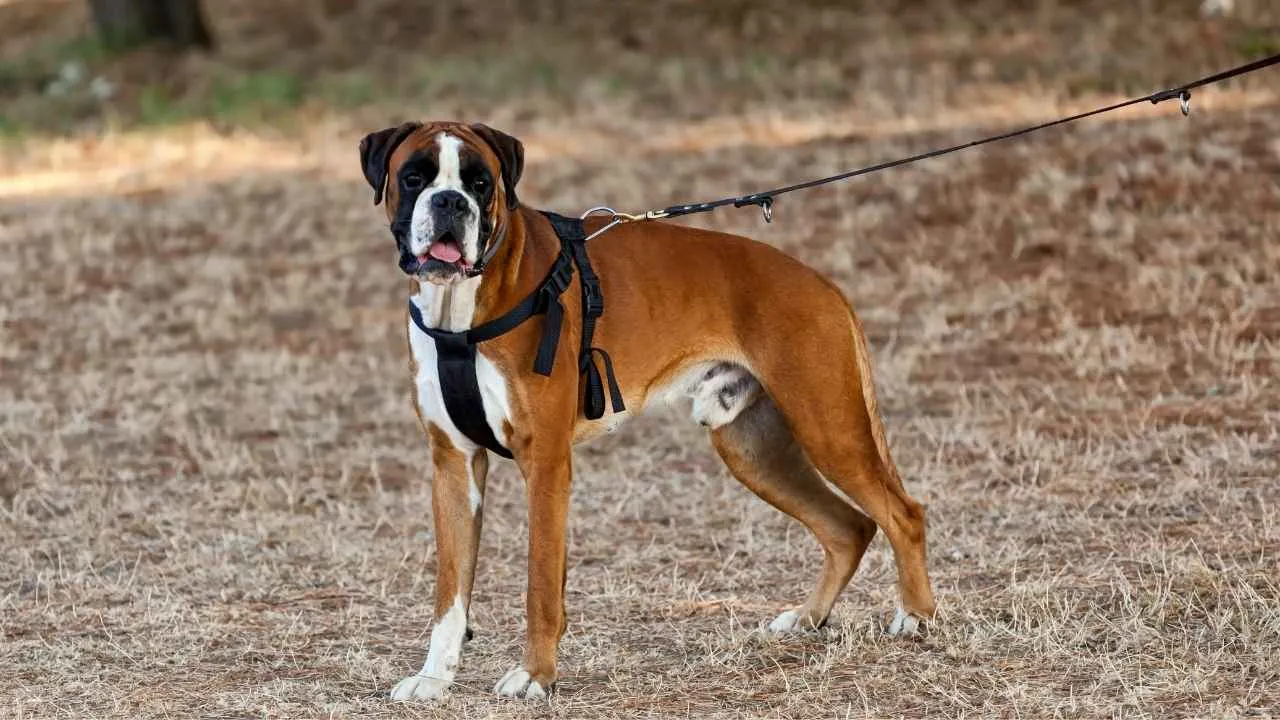
The Boxer doesn’t walk into a room—they bounce into it like the floor is made of springs. Their body language is exaggerated, expressive, and joyful to the point of disruption. Enthusiasm isn’t a trait—it’s a mode of transportation.
This breed doesn’t pace; it pings. Every sudden zoom across the yard feels like a celebration of the moment. That spontaneity can be hilarious or chaotic depending on what’s in their path, so expect knocked-over chairs, or kids on the couch acting as launchpads.
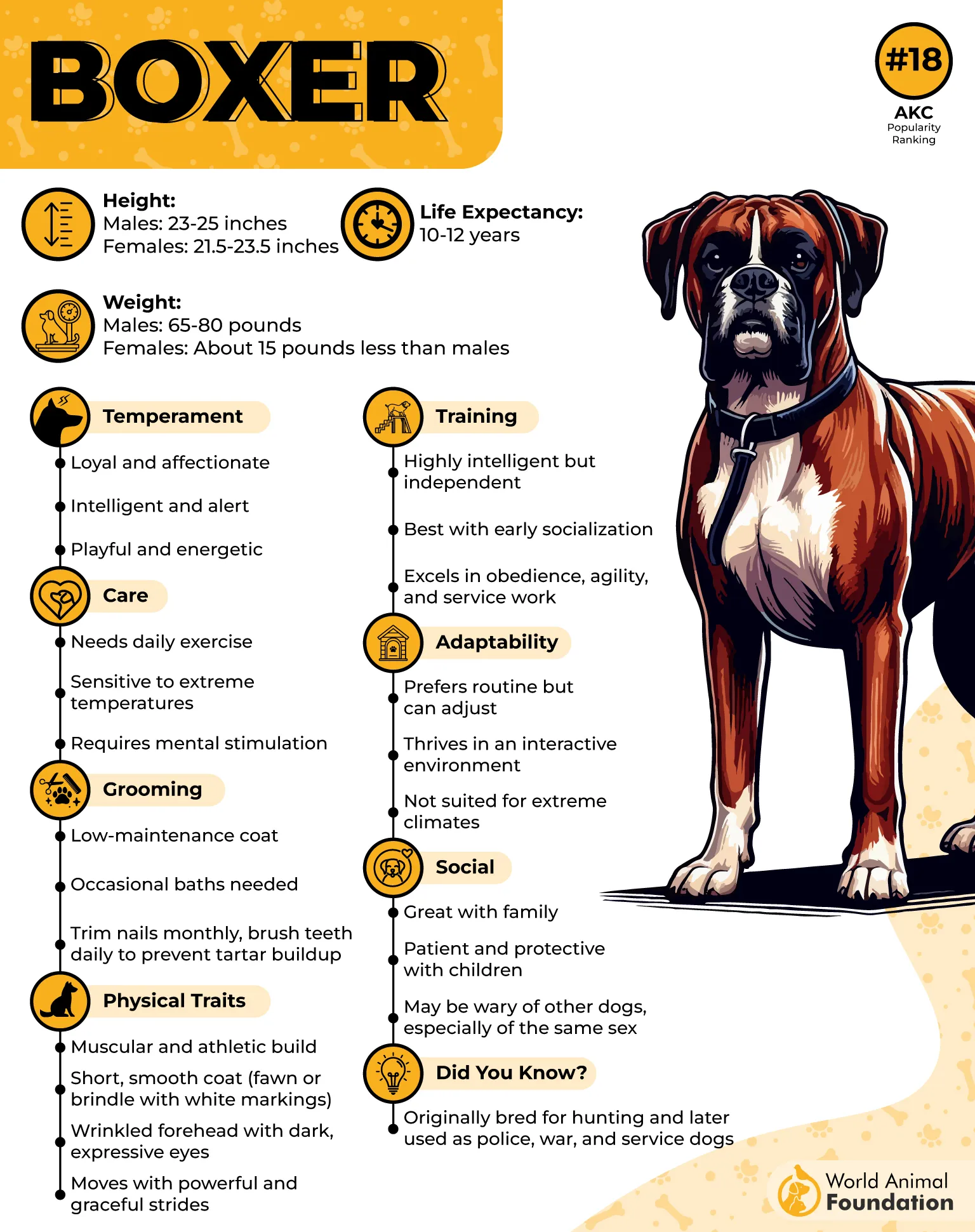
Boxers need structure, not because they’re disobedient, but because they give everything at full volume. Training is less about control and more about direction. If they’re taught to channel that energy, their loyalty becomes a finely tuned force.
Boxers aren’t meant to sit still—they were bred to chase, guard, and move with power. What feels like silliness is actually the byproduct of a strong canine foundation.
Even at rest, their eyes follow the room like they’re mid-game. They don’t wait for a moment—they make one.
Quick Tips
Use play-based training to reinforce structured energy
Install clear boundaries indoors—Boxers forget about size
Alternate fast, explosive play with brief calm resets
5. Vizsla
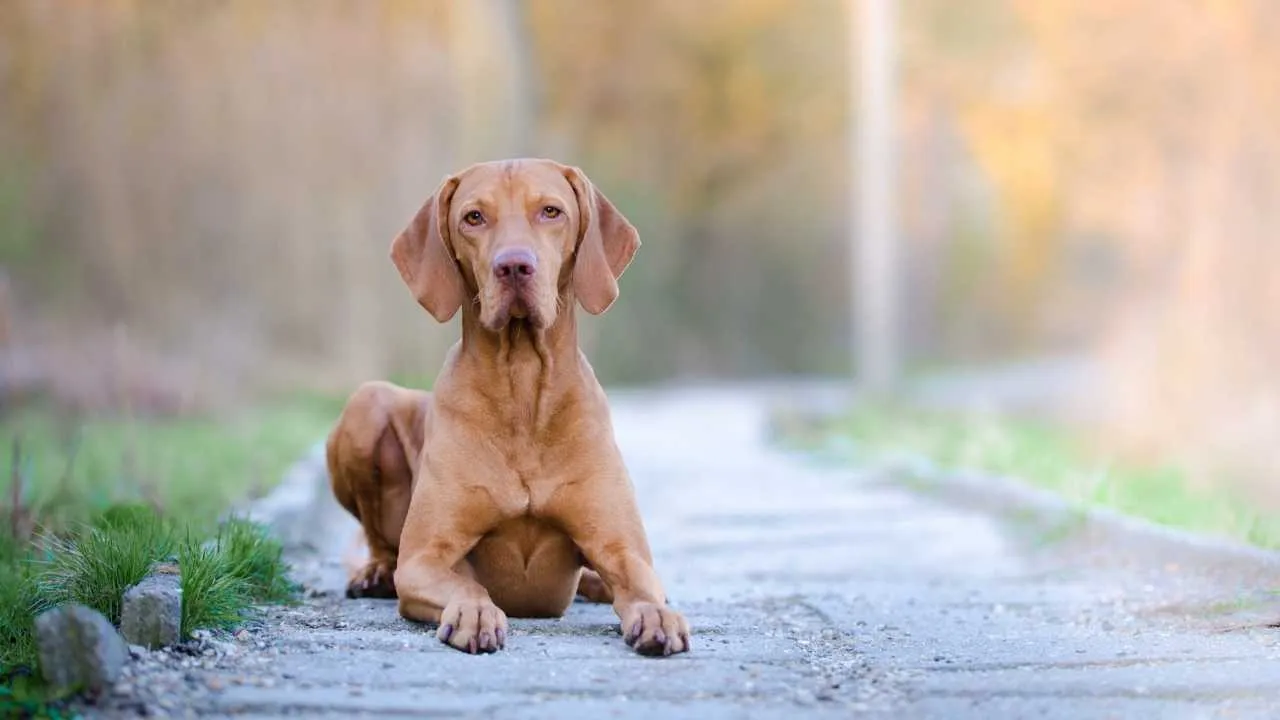
Vizslas don’t settle into a space—they orbit it. Light-footed and fluid, they glide through rooms as if guided by wind rather than command. Their presence doesn’t impose—it passes by in a blur.
This breed is built like a runner’s dream: lean, elegant, and calibrated for high-speed endurance. Their chest expands with every breath like they were made to inhale the outdoors. It’s not surprising that the Vizsla has been called one of the most naturally athletic dogs in motion.
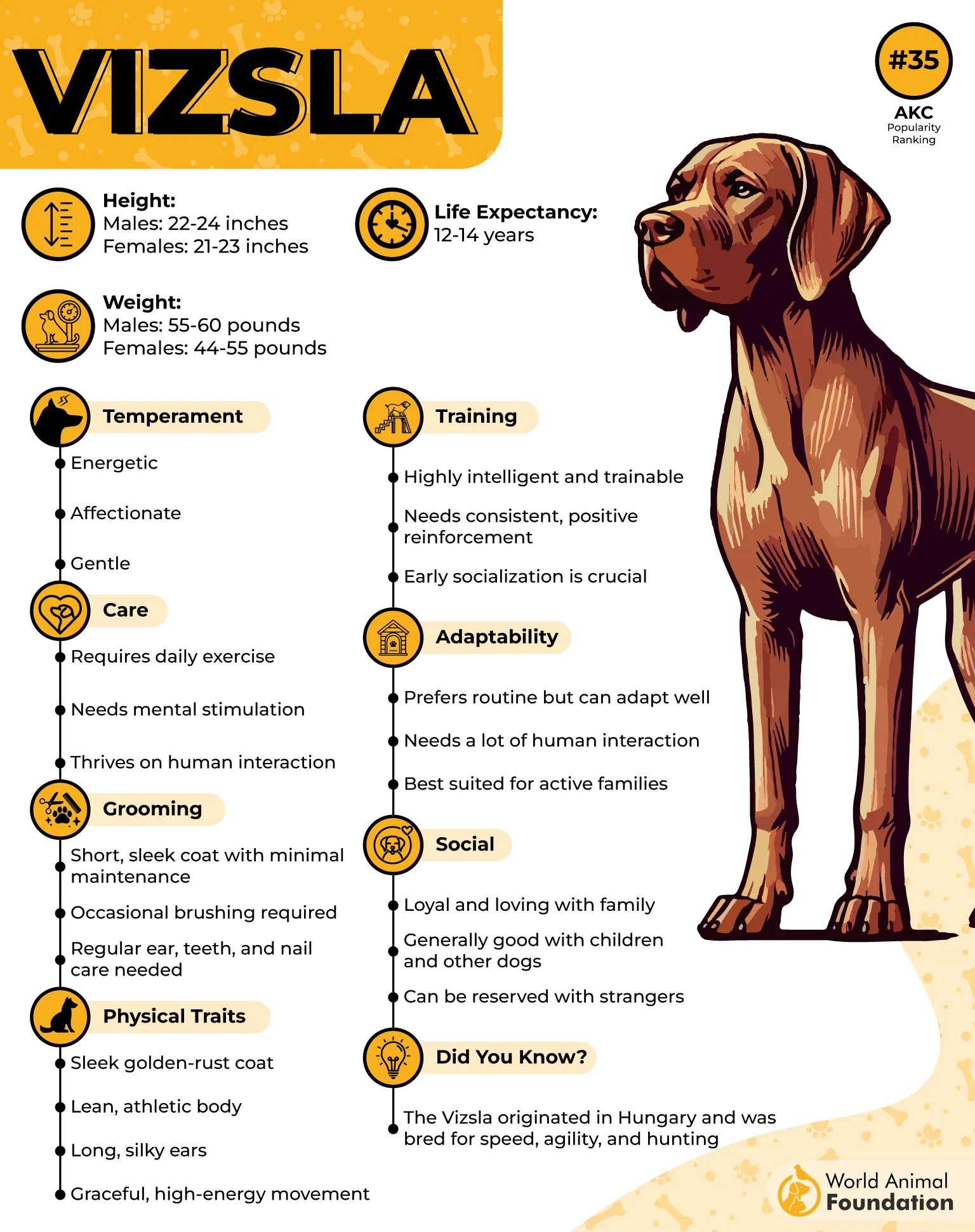
Stillness doesn’t come easily. Even at rest, a Vizsla might twitch or lift a paw, already anticipating the next command or glance. It’s as if every part of their body is listening. The line between walk and sprint blurs with this breed—it means nothing to them to go from zero to full gallop in a second.
Their deep loyalty fuels their intensity. Being near their person isn’t enough—they want to join every movement, every mission, every second of the day. Leaving them out feels like withholding purpose.
Quick Tips
Engage with movement-based bonding games, not just verbal training
Avoid over-correction—sensitive dogs shut down emotionally
Let them lead the pace on outdoor trails to match their running style
6. Jack Russell Terrier
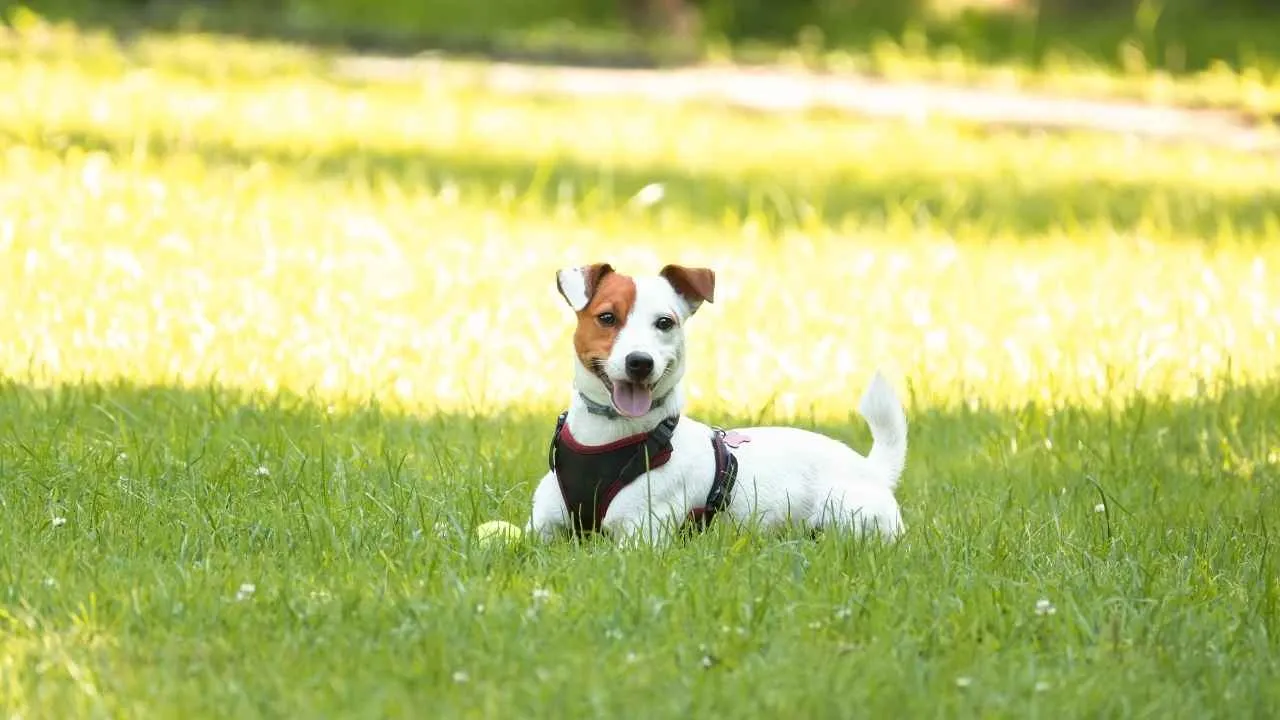
In the world of high-energy breeds, Jack Russell Terriers operate on an entirely different timeline. They don’t walk—they launch. One minute they’re stationary, the next they’ve covered 20 feet and are halfway up the furniture.
This isn’t aimless chaos. These dogs are built for task-oriented movement. Bred to hunt and flush small animals, they carry a historical intensity in a deceptively small frame. Every twitch of the ear or shadow on the wall becomes an event worth chasing.
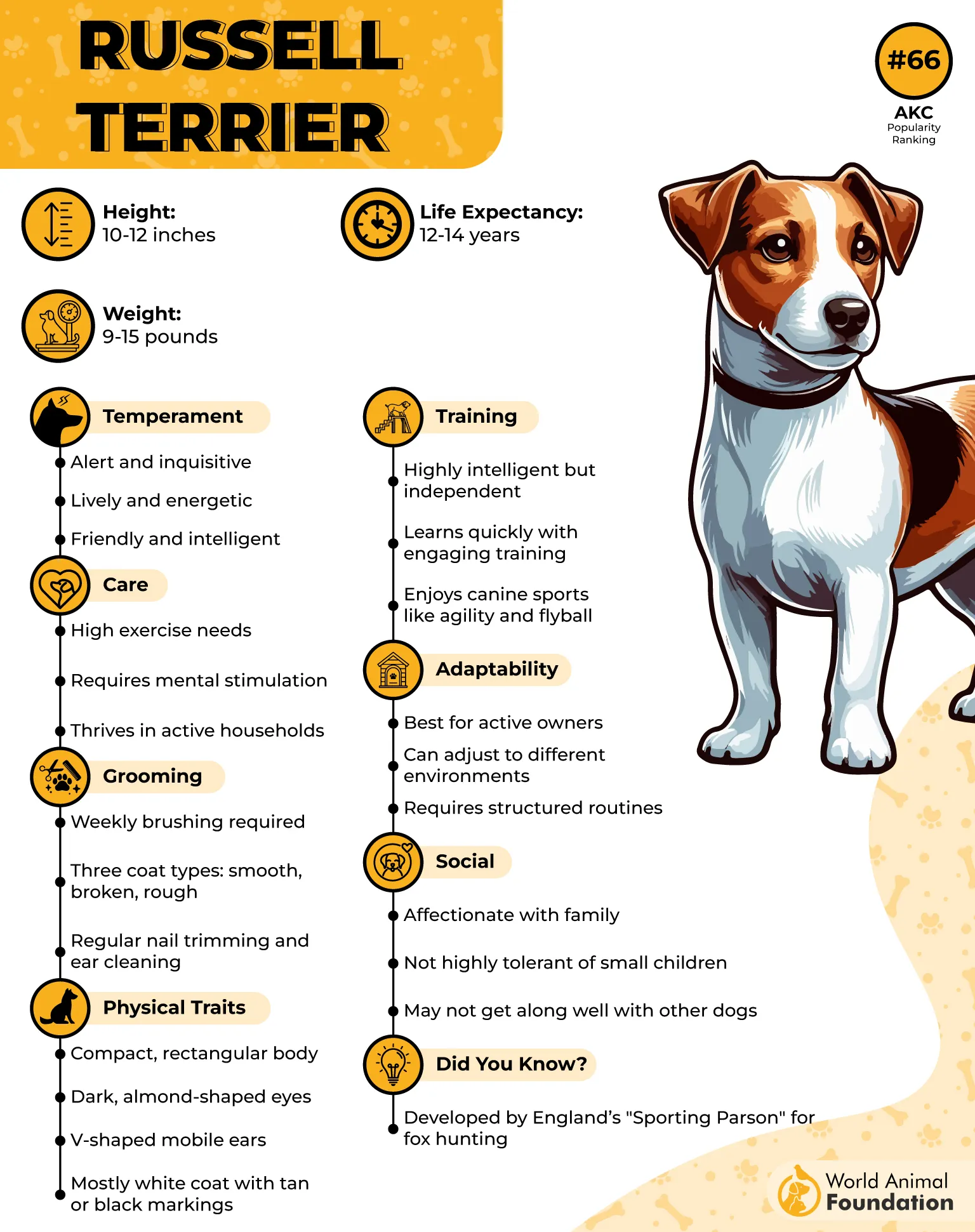
What makes them remarkable is their decision-making. That kind of focus, sharpened by need, gives them the power to surprise even seasoned dog owners.
They can become challenging without firm guidance and stimulating outlets. Physical activity isn’t enough. These dogs require strategy, purpose, and clarity. Otherwise, they’ll invent jobs—most of which include tearing apart furniture or digging into floors.
Quick Tips
Use scent games and search tasks to satisfy their hunting instinct
Install impulse control training early and revisit often
Provide daily challenges that require physical and mental effort
7. Miniature Pinscher
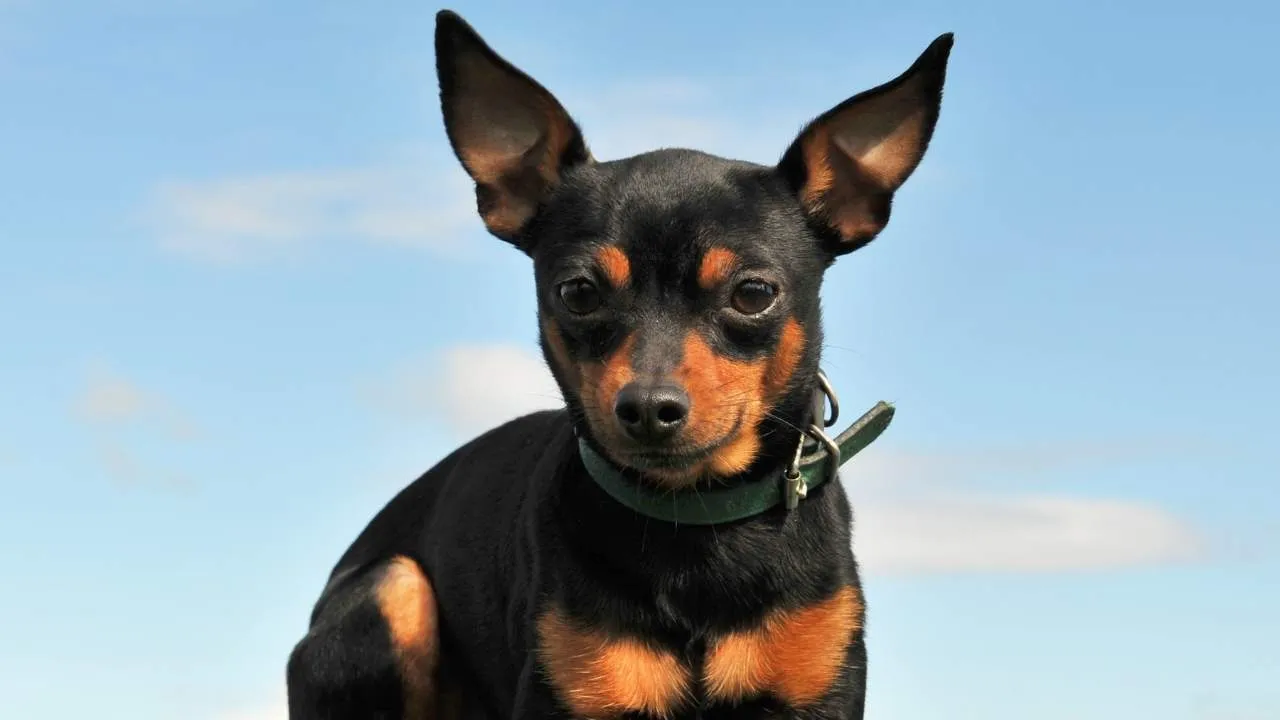
There’s no pause in a Miniature Pinscher’s day. They move like they’ve been launched, tiny bodies darting through the house with mission-grade urgency. Each corner becomes a racetrack, each rug a launch pad.
Though small in stature, their attitude expands to fill entire rooms. Their energy doesn’t taper with age; even years into adulthood, they act with the speed and confidence of a much larger dog. High-speed antics are not outliers—they’re the default.
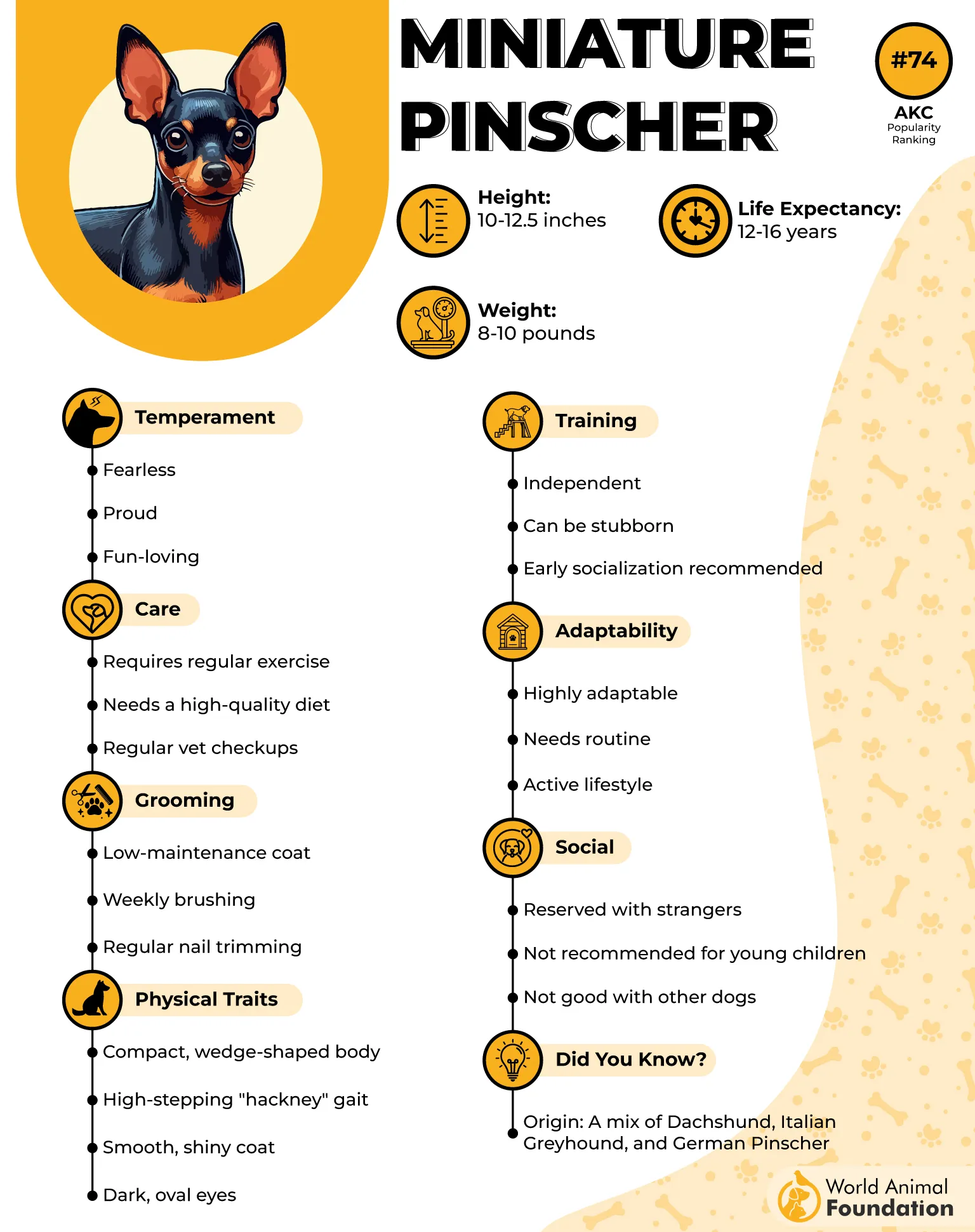
A Min Pin’s bounce isn’t random. It’s often reactive—set off by motion, sound, or a feeling that they weren’t in the center of attention. They’re alert, and they make sure you are, too. Movement is their language, and when they run, they expect you to watch.
They were never meant to be lap dogs. Their drive comes from instincts that demand attention and interaction. When you’re not looking, they’ll bounce higher.
Quick Tips
Install non-slip flooring or soft barriers—hard landings come fast
Reward calm behavior between bursts to balance the tempo
Use high-movement training routines to sync with their natural pace
8. Rat Terrier
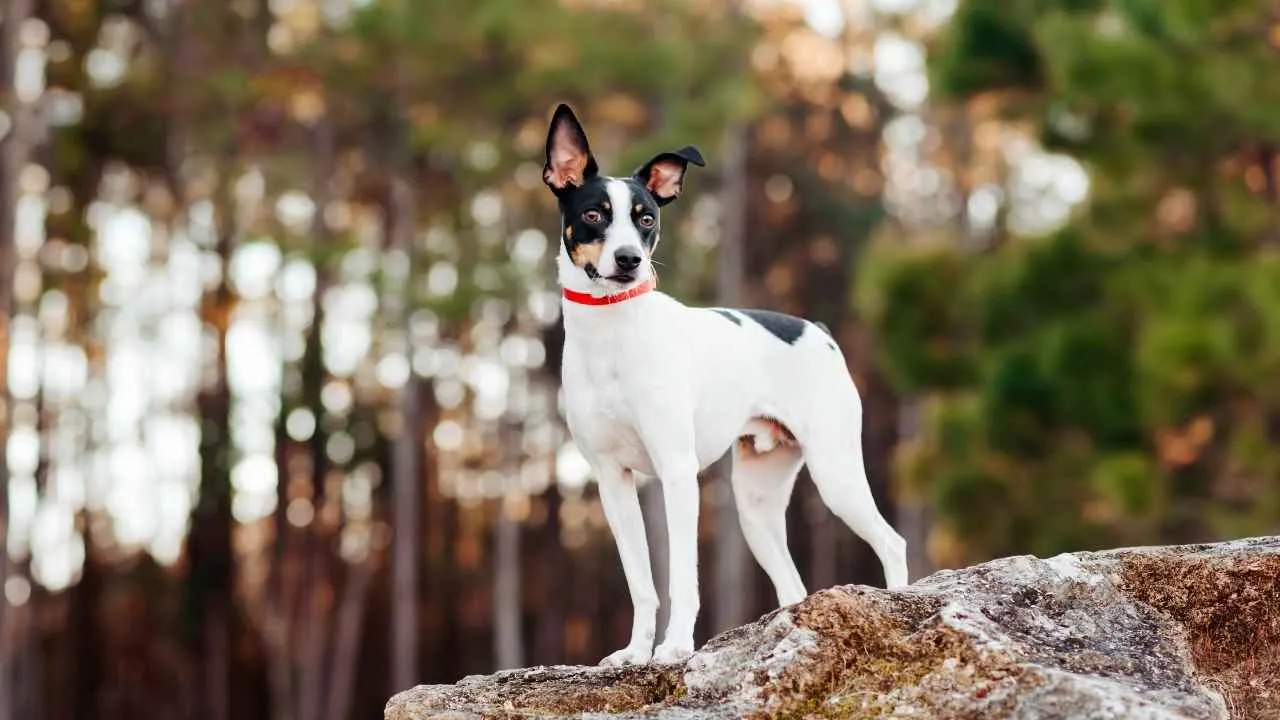
Nothing about the Rat Terrier’s motion is wasted. They’re economical but never lazy—moving with sharp purpose and immediate reactivity. It only takes a flicker in their vision for them to bolt, spin, or disappear under furniture.
Originally bred to clear barns and farms of vermin, Rat Terriers still carry that job in their bones. Every creak in the house might trigger a patrol. Their power is compact, and their drive is unrelenting. They don’t simply run. They seek.
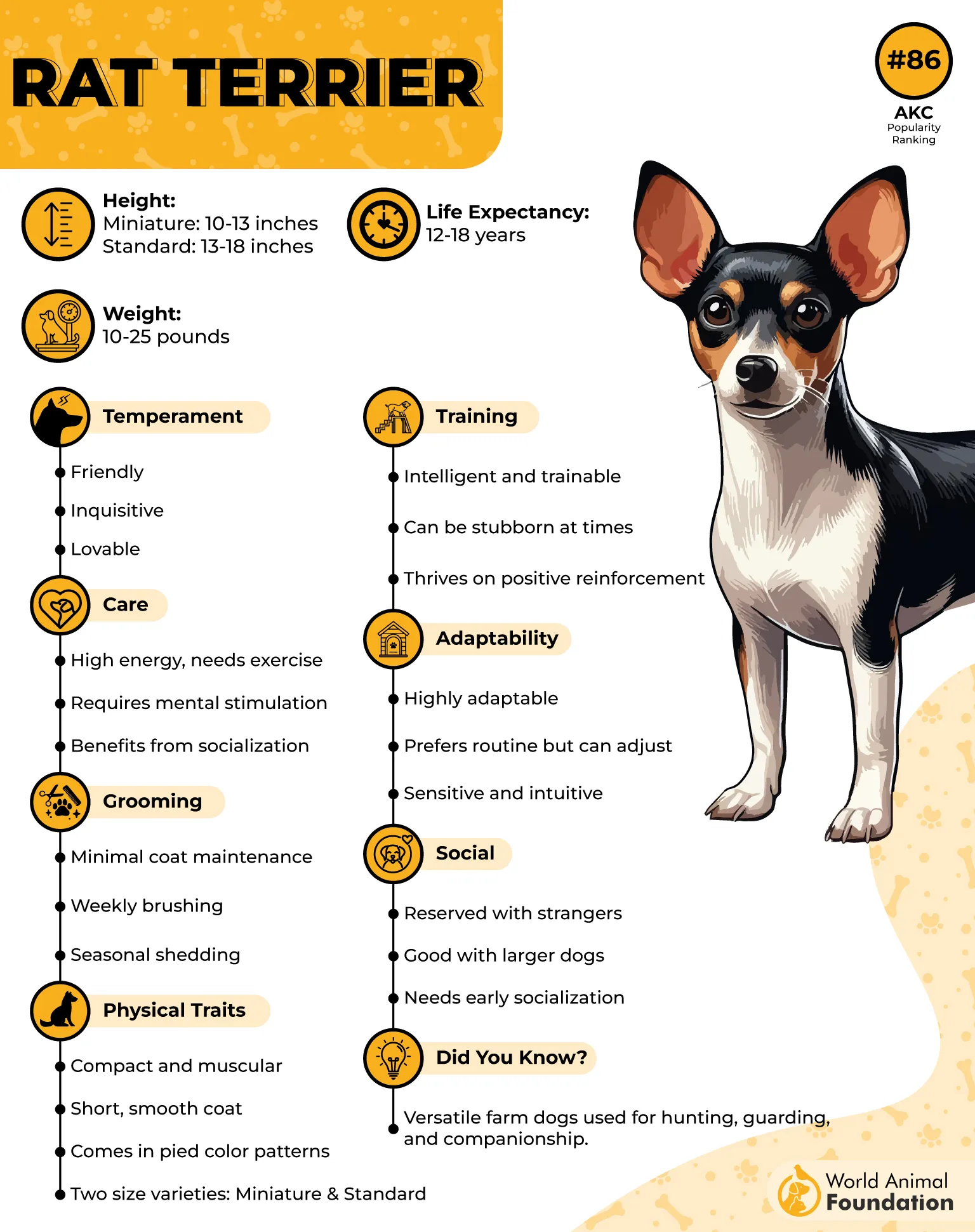
In calm moments, they scan—alert to motion, light, and sound. But when activated, they cross a room in an instant, agile as they are precise. They’ll dodge furniture, chase shadows, and alert you to a bug you didn’t know existed.
Their loyalty is intense, and they often glue themselves to their people. They’re quick to react and slower to relax. They need cues that it’s okay to be still.
Quick Tips
Provide structured dig zones or scent trails to give them tasks
Avoid chaotic environments with multiple other dogs if undertrained
Use training that rewards stillness as much as action
9. English Springer Spaniel
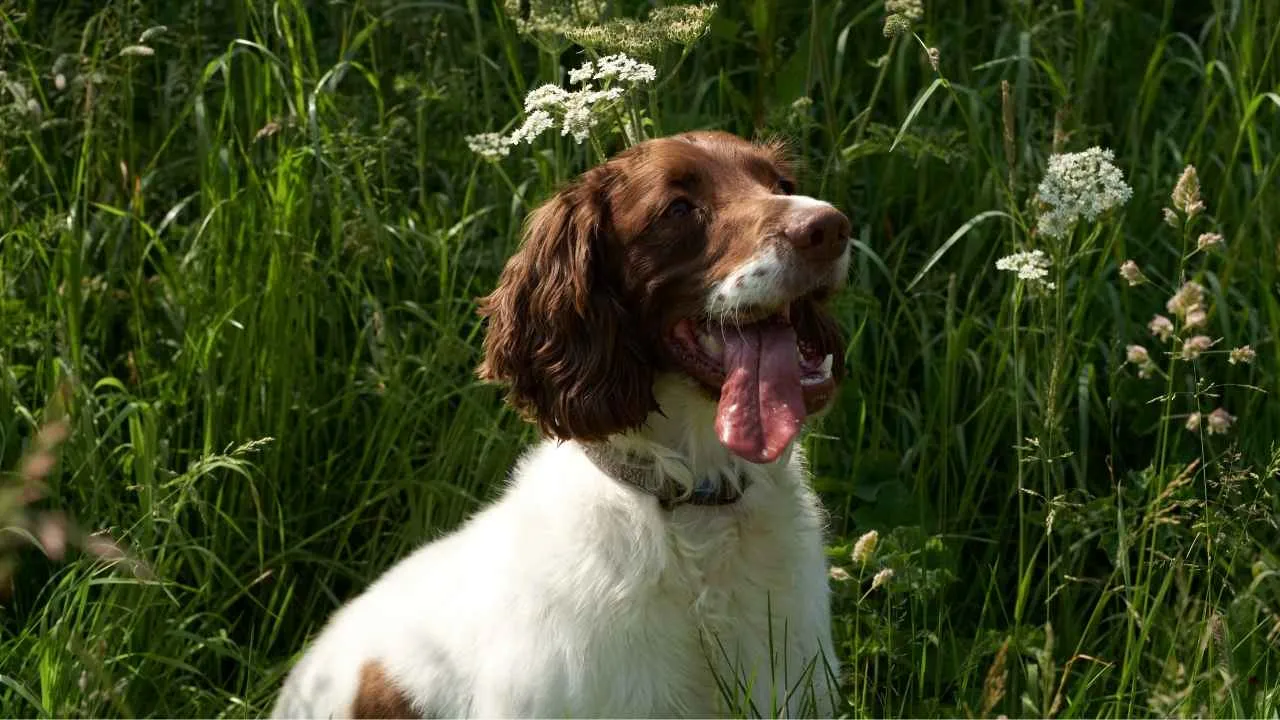
The English Springer Spaniel moves with buoyancy, like water lives in their joints. Their body seems to launch upward with each step, ears and fur trailing just slightly behind the rest of them.
This breed doesn’t just run in circles. They zigzag. It’s a holdover from their days of flushing game, when weaving through tall grass was the fastest way to succeed. Their motion is part instinct, part choreography, and completely infectious to watch.
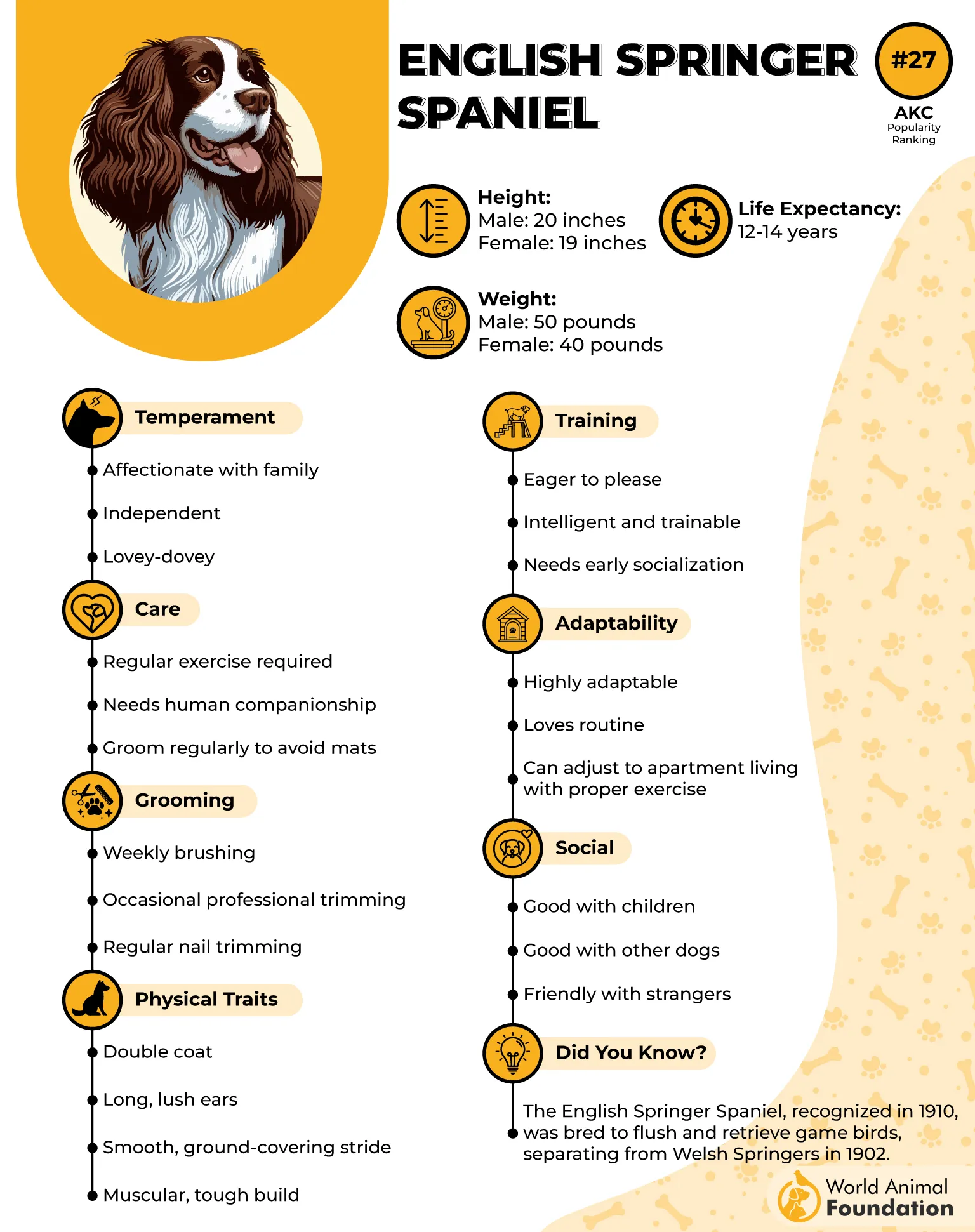
The joy in a Springer Spaniel’s motion is undeniable. There’s something about their bounce that feels like laughter translated into movement. They don’t just participate in play—they lead it. And if you’re not playing, they’ll make a case for why you should be.
According to the American Kennel Club, their agility and eagerness are best supported by regular outlets. While not the largest breed, they benefit from a big yard or plenty of outdoor time to express their running style freely.
Quick Tips
Let them run on soft trails to protect their springy joints
Alternate fetch with off-leash weaving games for mental enrichment
Use structured play to develop focus and responsiveness
Conclusion
Some dogs are simply built to move, and they don’t wait for permission. These bouncy breeds don’t just enjoy activity; movement feels essential to how they experience the world. From the miniature powerhouse tearing across the living room to the field-ready athlete bounding through brush, their energy is a language all its own.
Living with a dog like this means designing your routine around motion. It’s not just about giving them space, it’s about giving them purpose. Whether the task is agility work, long walks, scent games, or learning how to pause between sprints, these dogs thrive when action meets intention.
That doesn’t mean non-stop chaos. Many of these dogs balance explosive play with deep focus when their needs are met. Pet parents who understand this rhythm, when to zoom and when to teach stillness, will find joy in the partnership. You’re not just sharing your home. You’re joining a fast-moving, full-hearted adventure.
And with every leap, dash, or dart across the house, they remind you: life isn’t meant to be still.


